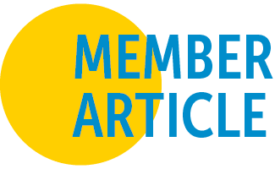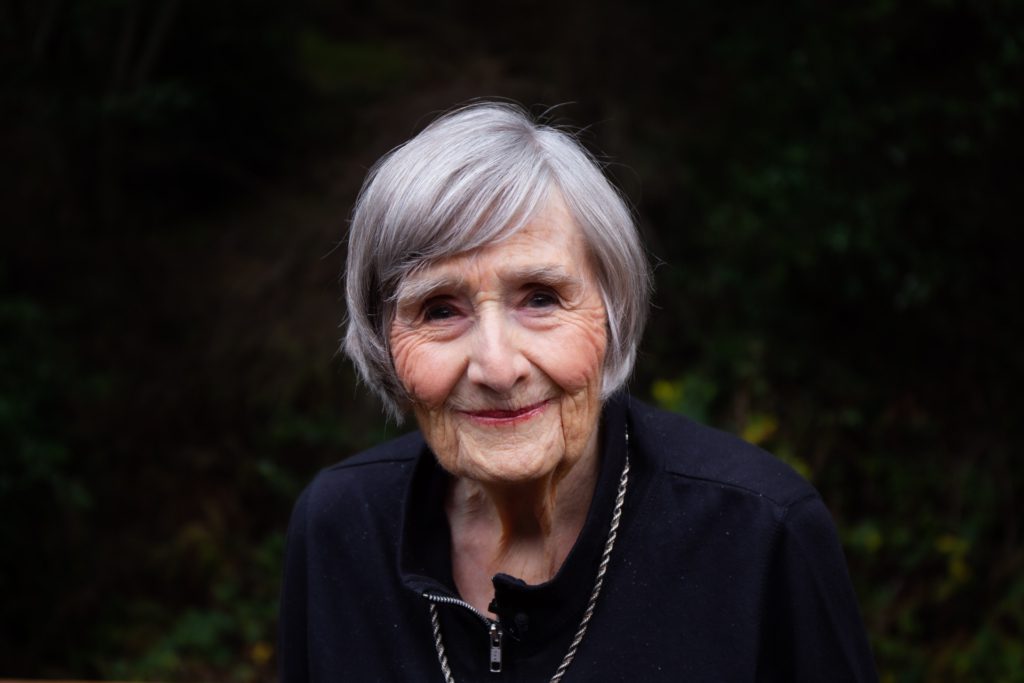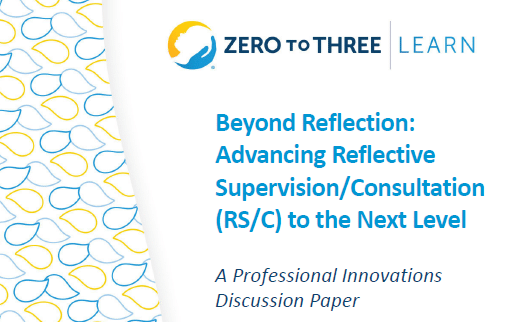
Reflective Practice: Then, Now, and the Road Ahead


Summary
Reflective practice has been at the heart of ZERO TO THREE’s mission for decades. Once considered a supportive tool, it is now recognized as a core professional practice essential for nurturing infants, toddlers, and the adults who care for them.
Looking back at how the field has grown, and ahead to the opportunities before us, reveals both remarkable progress and an urgent invitation to continue evolving together.
How Reflective Practice Has Grown
Reflective practice is more than a “soft skill.” It is the foundation for emotionally attuned, culturally responsive care.
From its earliest formulations, reflective practice was about connection. It’s about pausing, noticing, and being held in another’s mind. Pioneers such as Jeree Pawl emphasized that when professionals are supported with empathy and respect, they are better able to support families and children in turn.
From Insight to Infrastructure
Reflective practice has shifted from a supportive tool to a core professional expectation across early childhood fields.
What began as an interpersonal stance has matured into an organizational and systemic practice. Reflective supervision and consultation (RS/C) are now widely recognized across early childhood disciplines as vital to workforce development, retention, and quality improvement.
A Deeper Understanding of Relationships
The supervisor’s empathy supports a practitioner’s insight, which then supports the caregiver–child relationship.
Concepts like mindsight (Siegel & Shahmoon-Shanok, 2010) and parallel process have illuminated how reflective supervision ripples outward—from the supervisor–practitioner relationship to the practitioner–family relationship, and ultimately to the child. This layered process shows why reflective practice is not a luxury, but a necessity.

“How you are is as important as what you do” – Jeree Pawl, past president of the ZERO TO THREE Board, and renowned leader in the field of infant and early childhood mental health (IECMH).
Hear from infant and early childhood mental health clinicians as they reflect on ways that we feel and recognize Jeree’s influence.
How Reflective Practice is Changing Today
Power and privilege must be explicitly addressed in every reflective exchange.
As reflective supervision has expanded, so too has the recognition that reflection must directly address culture, power, and privilege. Practitioners are called to examine their own identities and biases, understanding how these influence every interaction with children and families.
Reflective practice is also broadening its formats. Beyond one-on-one sessions, group reflection, peer consultation, and community reflection help to create cultures of shared learning. This shift both strengthens practice and reduces burnout across the workforce.

Opportunities Ahead
Looking forward, the field of reflective practice has several urgent opportunities:
- Embedding reflection across systems so RS/C becomes a standard for educators, health providers, and family support professionals.
- Lifting diverse voices by ensuring models are adapted and led by communities historically marginalized in professional practice.
- Strengthening research and policy to provide evidence funders and policymakers need to sustainably expand RS/C.
- Nurturing reflective leadership so that systems, not only individuals, are guided by reflective values.
Reflection is no longer only about the individual; it is about creating cultures of shared learning and resilience.
Sarah LeMoine

This paper helps advance reflective supervision/consultation (RS/C) by stimulating important dialogue amongst infant and early childhood mental health (IECMH) professionals.
A Shared Journey
From the earliest formulations to today’s models, reflective practice remains a stance of openness, humility, and hope.
Reflective practice has always been about holding space for growth, curiosity, and connection. From the earliest insights of Jeree Pawl to today’s equity-focused models, reflection continues to anchor how we nurture infants, toddlers, and the adults who care for them.
Our “Buzzwords” series explains common terms in the early childhood field.

References
Brandt, K. (2014). Transforming clinical practice through reflection work. In K. Brandt, B. D. Perry, S. Seligman, & E. Tronick (Eds.), Infant and early childhood mental health: Core concepts and clinical practice (pp. 293–308). American Psychiatric Publishing.
Eggbeer, L., Mann, T. L., & Seibel, N. L. (2007). Reflective supervision: Past, present, and future. Zero to Three, 28(2), 5–9.
Eggbeer, L., Shahmoon-Shanok, R., & Clark, R. (2010). Toward an evidence base for reflective supervision. Zero to Three, 31(2), 39–45.
Fenichel, E. (Ed.). (1992). Learning through supervision and mentorship to support the development of infants, toddlers, and their families: A source book. ZERO TO THREE.
Gilkerson, L., & Kopel, C. (2005). Relationship-based systems change: Illinois’ model for promoting social-emotional development in Part C early intervention. Infant Mental Health Journal, 26(6), 577–594.
Hause, N., & LeMoine, S. (2022). Beyond reflection: Advancing reflective supervision/consultation (RS/C) to the next level: A Professional Innovations discussion paper. ZERO TO THREE.
Heffron, M. C., & Murch, T. (2010). Reflective supervision and leadership in infant and early childhood programs. ZERO TO THREE.
Heller, S. S., & Gilkerson, L. (Eds.). (2009). A practical guide to reflective supervision. ZERO TO THREE.
Pawl, J., St. John, M., & Pekarsky, J. H. (1999). Training mental health and other professionals in infant mental health: Conversations with trainees. In J. Osofsky & H. Fitzgerald (Eds.), WAIMH handbook in infant mental health: Vol. 2. Early intervention evaluation and assessment (pp. 379–402). Wiley.
Pawl, J. H. (1995). The therapeutic relationship as human connectedness: Being held in another’s mind. Zero to Three, 15(4), 1–7.
Shahmoon-Shanok, R. (2009). What is reflective supervision? In S. S. Heller & L. Gilkerson (Eds.), A practical guide to reflective supervision (pp. 7–20). ZERO TO THREE.
Siegel, D. J., & Shahmoon-Shanok, R. (2010). Reflective communication: Cultivating mindsight through nurturing relationships. Zero to Three, 31(2), 6–14.
Tomlin, A., Weatherston, D., & Pavkov, T. (2014). Critical components of reflective supervision: Responses from expert supervisors in the field. Infant Mental Health Journal, 35(1), 70–80.
Weatherston, D., & Barron, C. (2009). What does a reflective supervisory relationship look like? In S. S. Heller & L. Gilkerson (Eds.), A practical guide to reflective supervision (pp. 63–72). ZERO TO THREE.
ZERO TO THREE. (2010). Putting reflective supervision into practice (Vol. 31, No. 2). ZERO TO THREE Journal.
ZERO TO THREE. (2016). Measuring and building reflective capacity (Vol. 37, No. 2). ZERO TO THREE Journal.

